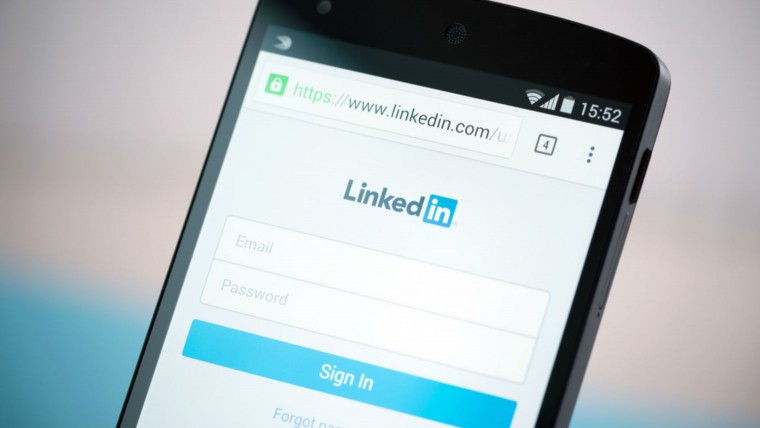On Friday February 27, an optical illusion depicting a white-and-gold dress – or was it blue and black? – caused a Twitter meltdown. Posts featuring the picture drew tens of millions of views and shares, making it one of the most popular “news” articles of all time. BuzzFeed had a field day.
The question of the dress’s colour set people in staunch opposition to a degree not seen since the Cold War. The question of the dress was so talked about it occupied the top five trending positions (#TheDress, #whiteandgold, #blueandblack and so on) on Twitter for most of the day.
This episode must be pretty galling for people who use social media professionally. How could setting the media landscape alight be so simple? How could such a gem, such a wildcard traffic driver, lay undiscovered and underutilised all this time?
But then what does the episode say about social media generally, as well as its devoted users? How can we hone its unquestionable power when time and again it proves so frivolous and so wide open to puzzling episodes no one saw coming?

As incongruous at it may seem, social media websites – these fountains of distractions for the bored – really can help companies improve their human resources, finance, operational, customer and sales strategies. But how? You might well ask.
“Sales departments could benefit from internal wiki pages sharing frequently asked questions and allowing all employees take an active role in organisational knowledge creation,” says Dr Aleksej Heinze, co-director of Salford Business School’s Centre for Digital Business.
Giles Palmer, chief executive of Brandwatch, says customer service as well as sales can get a boost. “Developing an excellent customer service approach depends on how well you monitor all online conversations about your brand,” he says.
Mohua Sengupta at ITC Infotech agrees: “Sectors with a high volume of customer inquiries, such as public transport, have achieved some fantastic results by using social media to provide advice and guidance quickly, and it’s fast becoming a convenient first port of call for customers.”
Meanwhile, Laura Brooks at Satmetrix says social media can help human resources too. “Social media has introduced a new level of transparency into the recruitment function of HR for both the hiring company as well as candidates,” she says.
There is a galaxy of ways a business can bend social media to its will and a universe of apps that makes the job easier
“In particular, LinkedIn has revolutionised the way companies find and recruit talent. Social review sites, such as Glassdoor, give visibility and insights into companies for candidates applying for new opportunities that previously would have only been gained through word of mouth.”
The list goes on, including most markedly of all in the financial services industry, when in February Barclays launched a payment service enabling users to pay people and businesses through their Twitter handles via its Pingit app. Owe @cool grahambaby a tenner? Then pay the man!

Linkedin has revolutionised the recruitment industry
There is a galaxy of ways a business can bend social media to its will and a universe of apps that makes the job easier. In theory, for every different business there exists a blend of apps to suit its operations perfectly. However, in practice, you will never find out what that blend is and, if you did, it would soon be rendered obsolete by the steady flow of new software on to the market.
But parking that concept to one side, what are the really useful social media apps for businesses, generally speaking?
“Many of the free tools used to generate value from social media revolve around marketing and scheduling messages,” says Phillip Smith at Trusted Shops. “What businesses really need are tools that can merge social media into other customer service tools. Implementation of a customer review system alongside social media helps channel negative feedback, for example.”
Hootsuite is one of the world’s most popular social media management tools, but there are many others out there providing subtly different offerings to business users. There’s also TweetReach, for example, which monitors how far your tweets travel.
“Social Mention is quite popular among social media enthusiasts and monitors over one hundred social media sites,” says Mr Palmer at Brandwatch. “It is probably one of the best free listening tools on the market as it analyses data in more depth and measures influence with four categories: strength, sentiment, passion and reach.”
Emily Eaves at Adaptive Lab says: “We use Geckoboard; it’s a practical tool for bringing together all the data from your social media channels. The clean interface allows you to analyse the data, or to present it directly from the dashboard to your colleagues or boss. It updates itself so you can see how you’re constantly progressing.”
Whether you should pay for these apps or accept the limited power and functionality of free versions is also, of course, up to you. However, an inevitable consideration for your business is whether it has the personnel to crunch all that additional data about a white-and-gold dress. Or was that blue and black?


